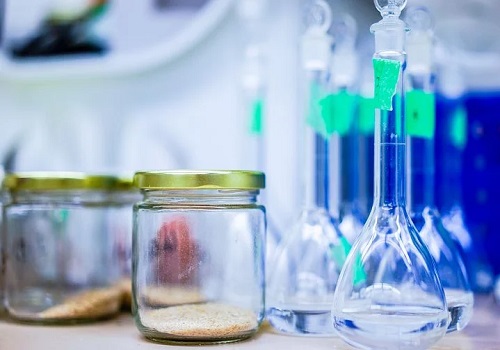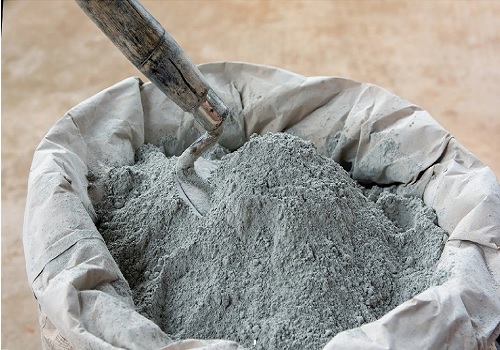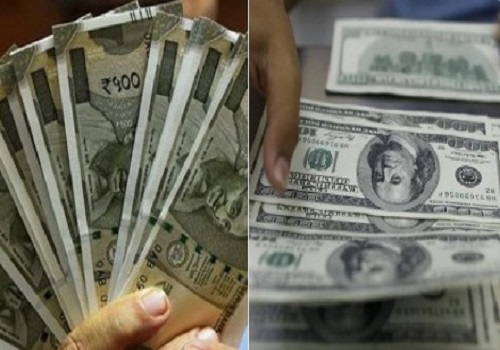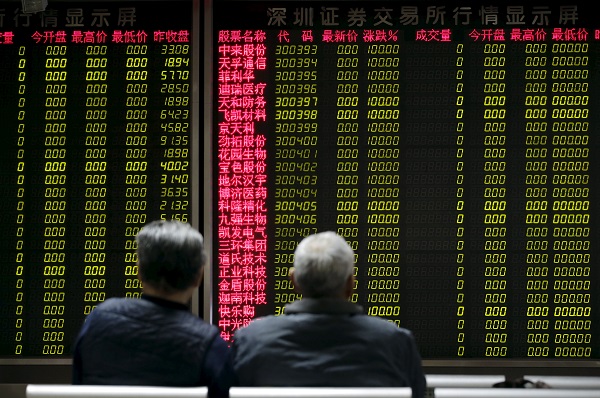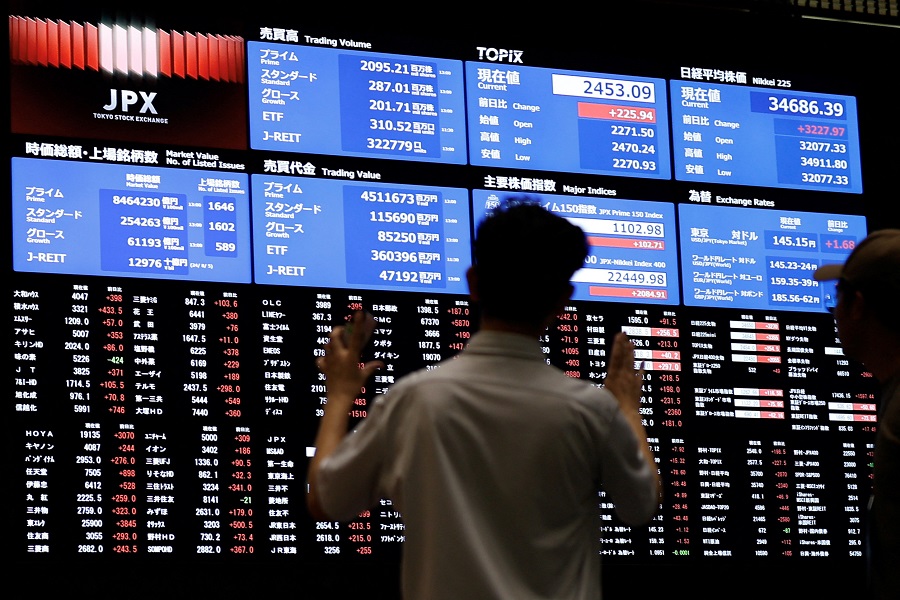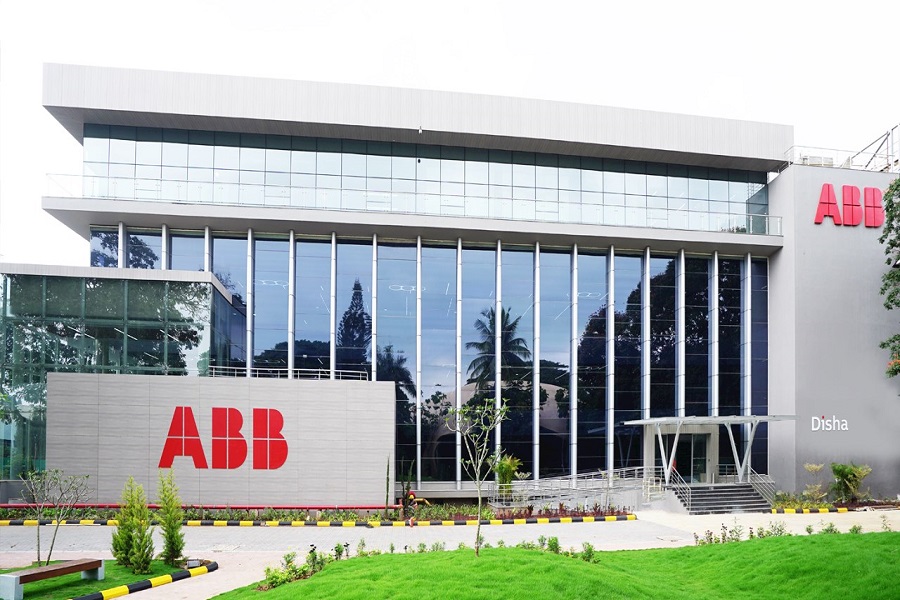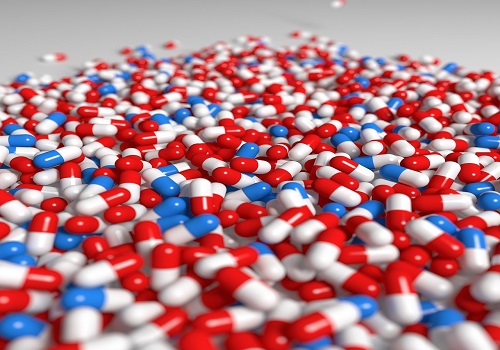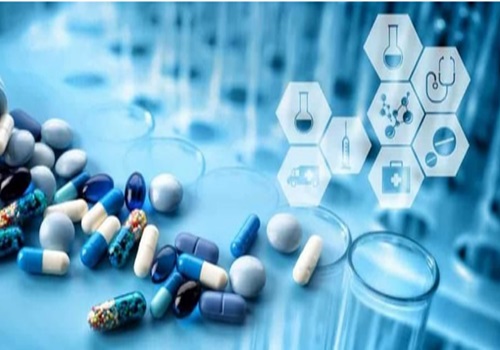Top Conviction Ideas: Pharmaceutical & Hospitals Sector: Q2FY26 Review by Axis Securities Ltd
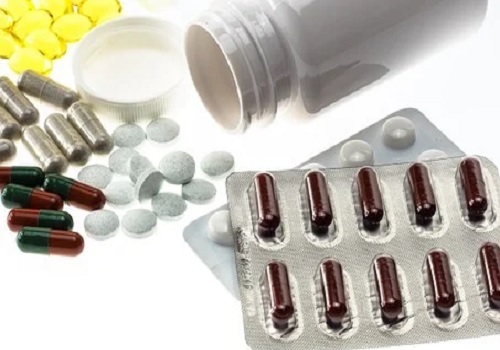
Q2FY26 Pharma Review – Healthcare Continues to Outperform & Pharma Impacted by US Generics
* Key Highlights & Financial Performance
* The pharmaceutical universe under coverage reported Q2FY26 growth of 11.9% YoY and 6.2% QoQ, supported by strong India business performance (+8.5% YoY). The US business remained flat, up only 1% in CC terms, led by Lupin’s gTolvaptan and Emerging Markets.
* IPM registered 7% YoY growth in Q2FY26, with chronic therapies up 11% and acute stabilising at 5%. Sun Pharma , and Dr. Reddy’s recorded strong India growth of 11% and19% YoY, respectively. The quarter saw an impact from channel destocking linked to the GST transition.
* Gross margins stood at 65.4%, down 183 bps YoY, with the pressure visible in the US generics segment. Revlimid’s negligible revenue contribution affected the product mix, and low single-digit price erosion was also evident.
* The healthcare sector delivered strong performance in Q2FY26, with top-line revenue rising 19% YoY and 8% QoQ. Growth was driven by stable occupancy levels despite the addition of new beds during the year. Industry occupancy for the quarter stood at 64%, with ARPOB averaging Rs 60,300 across the sector. Operational bed days increased sharply, up 14% YoY. Higher purchasing power and deeper insurance penetration contributed to the rise in occupied beds, improving access to healthcare services and supporting overall sector growth.
Pharma Sector: Outlook – gRevlimid Cliff-off Visible
* The pharmaceutical universe under coverage reported Q2FY26 growth of 11.9% YoY and 6.2% QoQ, led by strong India business performance (+8.5% YoY). The US business was flat, up only 1% in CC terms, driven by Lupin’s gTolvaptan and Emerging Markets.
* Gross margins stood at 65.4%, down 183 bps YoY. The impact was evident in the US generic business, as Revlimid was negligible in terms of revenue, which affected the product mix. Low single-digit price erosion was also visible.
* On a QoQ basis, the US business at $2,167 Mn showed 1% YoY growth in CC terms, aided by volume growth in the base portfolio but offset by weak performance of gRevlimid and continued price erosion. The recently launched Tolvaptan by Lupin delivered robust growth; it helped cross $300+ Mn in quarterly revenue for Lupin.
* Lupin: Sales stood at $315 Mn (+43% YoY), driven by higher-than-expected gTolvaptan contributions along with continued strength in gMirabegron and gSpiriva. Management expects US revenues to moderate but remain healthy at $275–300 Mn per quarter in H2FY26, despite the expiry of the 180-day gTolvaptan exclusivity in Q3, supported by limited competition due to REMS complexity and market stickiness.
* Aurobindo: Revenue stood at $417 Mn, with the oral solids (ex-gRevlimid) portfolio growing 6% QoQ and injectables also rising 6% QoQ, supported by new launches and supply normalisation. Europe maintained its growth trajectory, rising 18% YoY to €243 Mn, keeping the company on track to comfortably cross $1 Bn in annual revenue in the region by FY26-end.
* Cipla: India business delivered 8.5% YoY and 6.7% QoQ growth, largely driven by the robust performance of chronic products and strong double-digit growth in the Trade Generics business. Chronic products now contribute 61.8% of revenue, continuing to outperform the market, while the Acute segment remains affected by seasonal headwinds and brief disruption from the GST rate transition. Cipla has now entered the obesity market through a partnership with Eli Lilly for Tirzepatide (GLP-1), which is exclusive to the Indian market.
* Biocon: Reported a steady financial performance in Q2FY26, driven by strong contributions from the Biosimilars and Generics segments. The Biosimilars business grew 25% YoY, supported by the successful launches of four biosimilars — bUstekinumab, bAspart, bBevacizumab, and bAflibercept — across multiple geographies. The Generics segment delivered robust 24% YoY growth, aided by new product launches such as Liraglutide and Sacubitril + Valsartan.
* IPM registered 7% YoY growth in Q2FY26, with chronic therapies up 11% and acute stabilising at 5%. Sun Pharma , and Dr. Reddy’s recorded strong India growth of 11% and19% YoY, respectively.. The quarter was impacted by channel destocking due to the GST transition.
* Looking ahead, a strong pipeline in biosimilars, GLP-1, and peptides is expected to drive growth over the next three years. Companies with larger chronic portfolios are outperforming IPM, supporting a positive outlook on names like Lupin and Aurobindo Pharma.
Hospital Sector: Outlook - Bed Additions Set For Further Growth
Healthcare: Performance Driven by Bed Additions; Margins impacted by New Additions
* The healthcare sector delivered strong growth in Q2FY26, with top-line revenue increasing by 19% YoY and 8% QoQ. This was driven by stabilised occupancy despite the addition of new beds over the year. Industry-level occupancy for the quarter stood at 64%, with ARPOB averaging Rs 60,300 across the sector. Operational bed days also rose significantly, up 14% YoY. Higher purchasing power and increased insurance penetration contributed to the rise in occupied beds, providing greater access to healthcare services and supporting overall growth.
* Overall industry operating margins stood at 23.9%, down 250 bps YoY but up 100 bps QoQ, reflecting the drag of new units on operating profitability. Max Healthcare reported an operating margin of 26.2% with an ARPOB of Rs 77,300, flat YoY. Fortis, with a 23.9% margin, achieved an occupancy rate of 71%, an increase of 100 bps QoQ, largely driven by its mature hospital units in Delhi NCR and Punjab. Similarly, Medanta reported an operating margin of 21.0%, impacted by the NOIDA hospital drag. Compared to the previous year, over 2,650 operational beds were added by top players. KIMS’ operational capacity increased to 4,700 beds from 4,030 last year, while Max’s aggressive expansion added 811 operational beds. Fortis lagged its peers, adding only 600 beds.
* Insurance payers contributed 32% to total revenues this quarter, growing 16% YoY and 5% QoQ. The ongoing issue between TPAs and hospitals regarding rate revisions impacted growth momentum, but it is expected to be resolved soon. We believe insurance penetration remains relatively low, presenting significant growth potential as awareness of health coverage increases and purchasing power improves. Additionally, high-growth therapies such as cancer and cardiac care continue to drive doubledigit growth, further boosting ARPOB and occupancy rates.
* The CGHS rate revision is a meaningful positive for the sector, particularly for Max Healthcare, Fortis, KIMS, and Medanta, which have sizeable CGHS and other government exposure. These updates will help align reimbursements with rising treatment costs, improving realisations and easing margin pressures. We estimate an annual revenue uplift of Rs 100–200 crore for larger players, with most of the gains flowing directly to profitability. Full benefits are expected to accrue from FY27 as the new rates are fully implemented.
* We expect the healthcare sector to sustain its growth trajectory, with annual ARPOB growth of 6–7% and a 100 bps improvement in occupancy rates. Key growth drivers include a favourable shift in the payer mix, higher surgical volumes, and increasing insurance penetration. We remain positive on Max Healthcare Institute and Fortis Healthcare Ltd.
For More Axis Securities Disclaimer https://simplehai.axisdirect.in/disclaimer-home
SEBI Registration number is INZ000161633
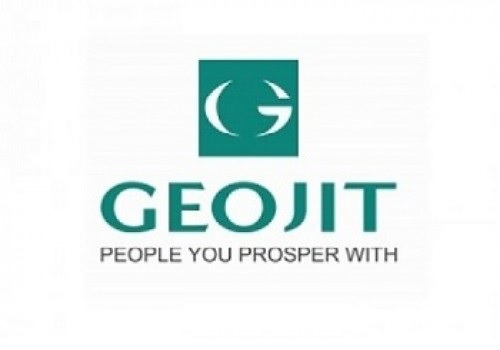
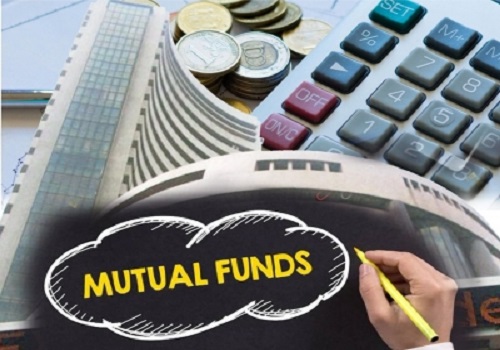

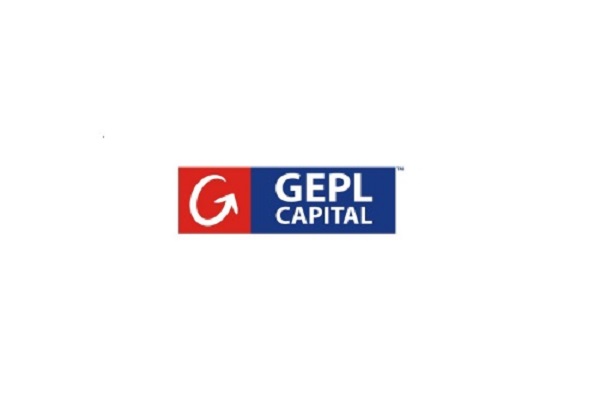

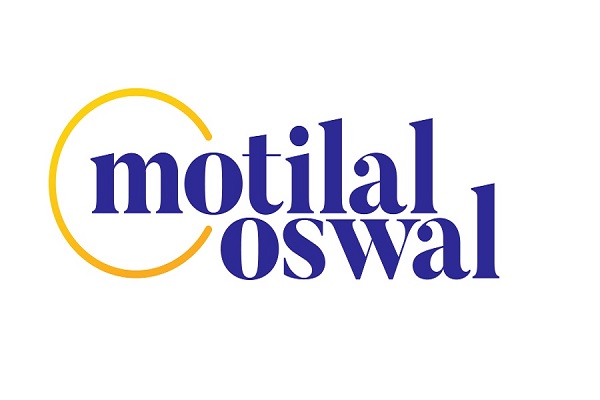
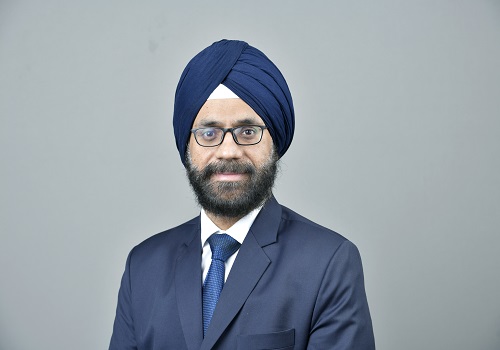



More News
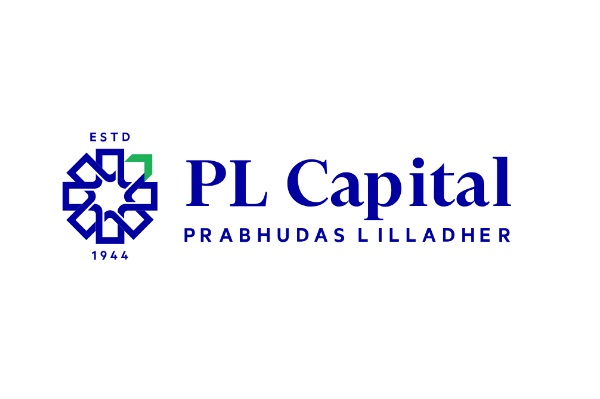
Quarterly sectoral performance by Prabhudas Liladhar Pvt Ltd
